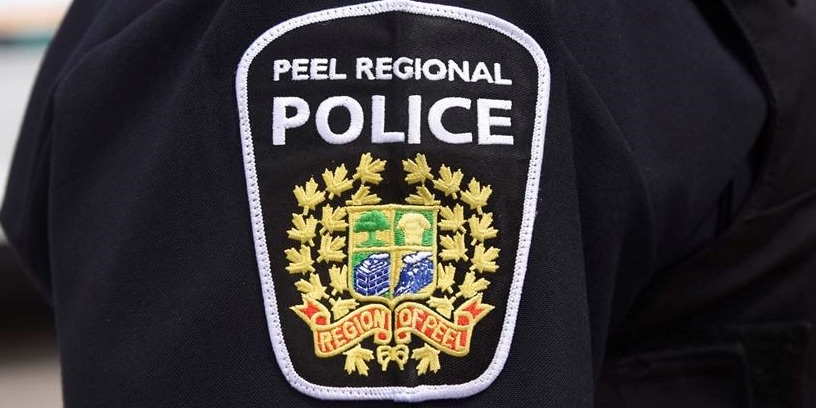Selling used cars to get a lot tougher with new inspection standards
Posted January 18, 2016 1:55 pm.
Last Updated January 20, 2016 1:29 pm.
This article is more than 5 years old.
Drivers looking to make a little cash and sell their used cars will likely have a harder time getting the green light on a safety inspection come July.
The province is updating their inspection standards for the first time in 42 years, requiring mechanics to go through a more detailed, 96-page checklist before passing a car.
“It’s a huge change,” Alan Gelman said, co-owner of GlennAlan Motors. “The cost is going to change. The time factor is going to change. The price of used cars is going to change.”
The new requirements come into effect July 1.
For example, under the current requirements, in order for a vehicle to pass, the engine just had to get the car up to 60 km/hr. Come July, a whole host of items will need to be checked.
“So you’re talking about an oil leak, which apparently, as far as the new regulations, it wouldn’t pass,” Gelman said, admitting a fail would result in costly repairs that would probably end up being more than the car is worth.
Stephen Del Duca, minister of transportation, said some of the biggest changes involve checks on parts of a vehicle that didn’t exist in the 1970s, like air bags, power train and anti-lock brakes.
“It was time for a refresh,” Del Duca said. “It was time for an update, but ultimately we want to have the safest vehicles certified and on our roads.”
Other notable changes include cracks in a vehicle’s windshield. Any crack larger than 50 millimetres in the area covered by the wipers will result in a fail. Under the current regulations, no minimum lengths are mentioned and the crack couldn’t be in the driver’s immediate field of view.
Any warning light activated on the dash would result also in a vehicle failing.
Gelman estimates an additional 25 per cent of cars will fail as a result of the new standards.
However, industry experts say in order to protect consumers, the province needs to go even further with its regulation overhaul.
George Iny, director of the Automobile Protection Association, says he’d like to see even more transparency in the inspection process.
“The issue with safety standards and certification in Ontario is not that it is out of date, it’s that the model is broken,” Iny said. “There isn’t enough oversight of shops or techs that will pass vehicles that should never pass.”
Safety standard inspections are required when registering a rebuilt vehicle, transferring a used vehicle to a new owner, registering a vehicle coming in from another province, or changing the status of a vehicle from ‘unfit’ to ‘fit.’
Here are some of the major changes:
Powertrain
- New requirements have been added to the powertrain system, including: accelerator pedal, throttle actuator, exhaust system, drive shaft, differential, clutch, clutch pedal, engine and transmission mounts, gear shifter/ selector and position indicator, drive belt pulley, electric and hybrid electric powertrain, gasoline and diesel fuel systems, and compressed natural gas and propane fuel systems.
Suspension
- There are new ride height, bushing, and shock/strut requirements. There are also new requirements for air suspension components and suspension system travel.
Brakes
- There are new requirements to measure and record the dimensions of brake components including drum, rotor and brake lining.
- There is a better distinction between various types of brake systems — the criteria are now more closely aligned with the specific requirements for each of the various system types. (e.g. vacuum assist, hydraulic assist, air assist).
- There are new requirements for Anti-lock Brake System (ABS).
- Electronic Stability Control (ESC) systems are now required for light duty vehicles manufactured on or after September 1, 2011. The system must function as intended for those vehicles that require the system.
Steering
- Rack and pinion steering system requirements, including associated parts (boot, bellows, clamps) have been added in addition to those for recirculating ball type.
- New requirements for upper strut bearings, steering dampener, tilt/telescopic hardware, remote steering systems, hydraulic power steering system pump and associated components and minimum parts quality and maximum leakage requirements have been introduced.
- Steering lash requirements have been simplified.
Instruments and Auxiliary Equipment
- New requirements have been added for horn switch, speedometer, odometer, windshield wiper.
- Limits on coolant leakage from all heaters and fuel leakage from auxiliary heaters were added.
Lamps
- Lighting requirements have been changed to incorporate the lighting equipment required by the federal safety standard at the time the vehicle was new.
Electrical
- The revised section provides requirements for vehicle wiring.
- Requirements for the vehicle’s battery are provided. Battery, posts, connections, mounts, and covers must be tight and free from corrosion, deterioration, or evidence of burning. All equipment must be secure, comprised of OEM-quality components, and in good condition.
Body
- Specific requirements have been introduced to deal with a loss of structural integrity of cab, cargo or passenger body, frame or sub-frame, tailgate, bumper, seats and seat belts due to specified weaknesses, deficiencies, damage, seizure, wear, loss of components or material or improper repair procedures.
- There is a new requirement to inspect equipment, latches, handles, door openers, hinges and other devices attached to the vehicle. All equipment must be in good working condition, not be missing, nor present an unsafe or hazardous condition to individuals who may be exposed to the vehicle.
- There is a new requirement to inspect the entire area of the windshield swept by either the driver’s or passenger’s side wiper, with limits specified.
- Window tint requirements are part of the new standard.
- Occupant protection systems required by federal law must now be tested for functionality via the vehicle telltale diagnostic lamp. The system check includes, when originally equipped, air bags, seatbelt pre-tensioners, and side air bag curtains.
Tire and Wheel
- The new requirement fails if a tire or any single point on a tire’s tread is below the minimum.
- The minimum required tread depth has increased.
- No mixing of radial with other tire construction types (such as bias ply) is permitted.
- The use of wheel spacers is now prohibited, although adaptors are permitted if they are in good mechanical condition.
Coupling Devices
- Clearer distinctions between various types of hitch systems with more complete criteria aligned with specific requirements for each hitch type.
Road Test
- A section has been added to the inspection standards to capture the elements that should be inspected and recorded during a road test of the vehicle including: tell-tales, shock absorber functionality, odometer, steering, etc.
General
- An inspection report must be provided to the consumer, noting important information about the results of the inspection, including measurements for specified components (e.g. tire tread depth); and, any warning lamps that are illuminated.
See the entire vehicle inspection standard handbook below or at this mobile-friendly link.
Reference handbook: Ontario's passenger/light-duty vehicle inspection standard










